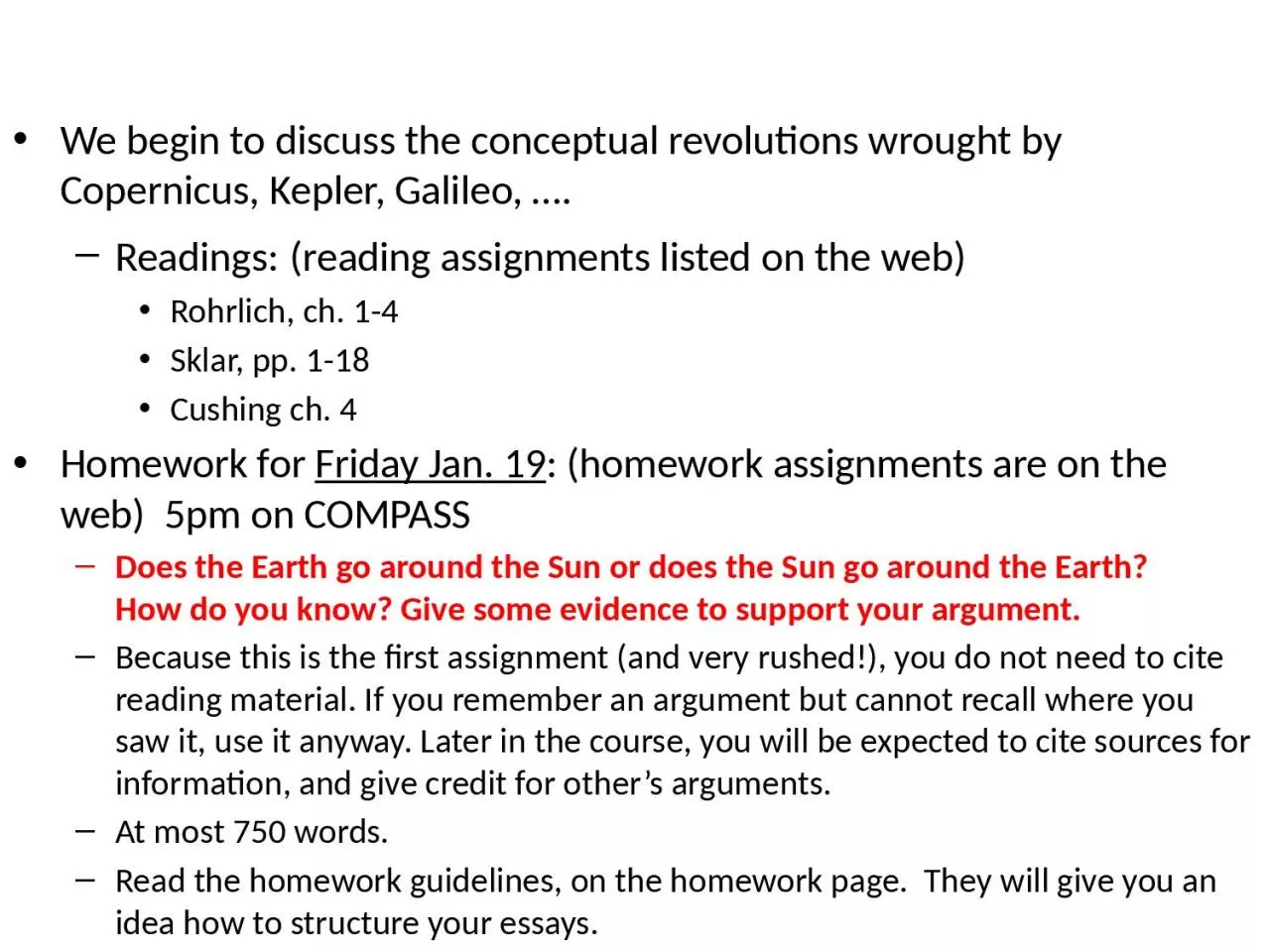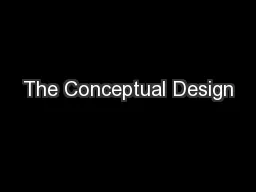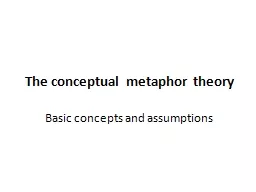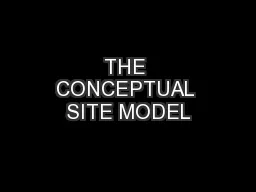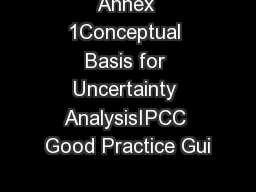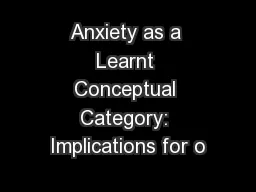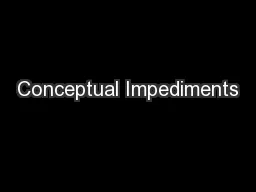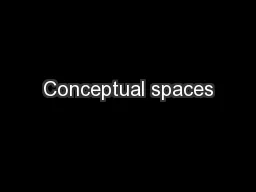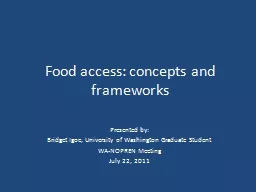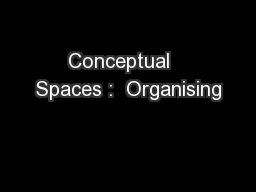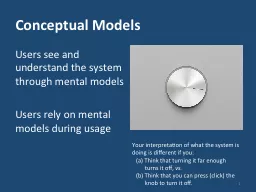PPT-We begin to discuss the conceptual
Author : ivy | Published Date : 2024-02-09
revolutions wrought by Copernicus Kepler Galileo Readings reading assignments listed on the web Rohrlich ch 14 Sklar pp 118 Cushing ch 4 Homework
Presentation Embed Code
Download Presentation
Download Presentation The PPT/PDF document "We begin to discuss the conceptual" is the property of its rightful owner. Permission is granted to download and print the materials on this website for personal, non-commercial use only, and to display it on your personal computer provided you do not modify the materials and that you retain all copyright notices contained in the materials. By downloading content from our website, you accept the terms of this agreement.
We begin to discuss the conceptual: Transcript
Download Rules Of Document
"We begin to discuss the conceptual"The content belongs to its owner. You may download and print it for personal use, without modification, and keep all copyright notices. By downloading, you agree to these terms.
Related Documents

